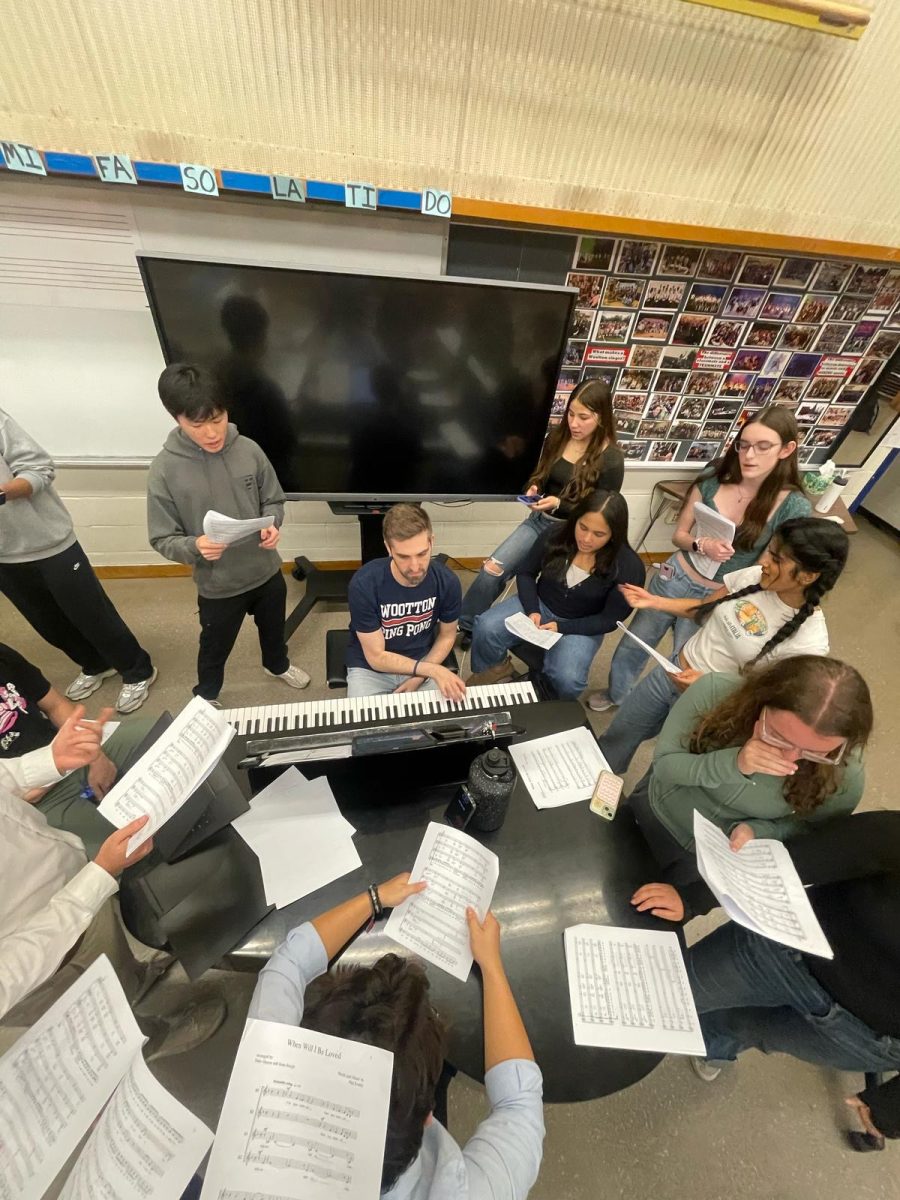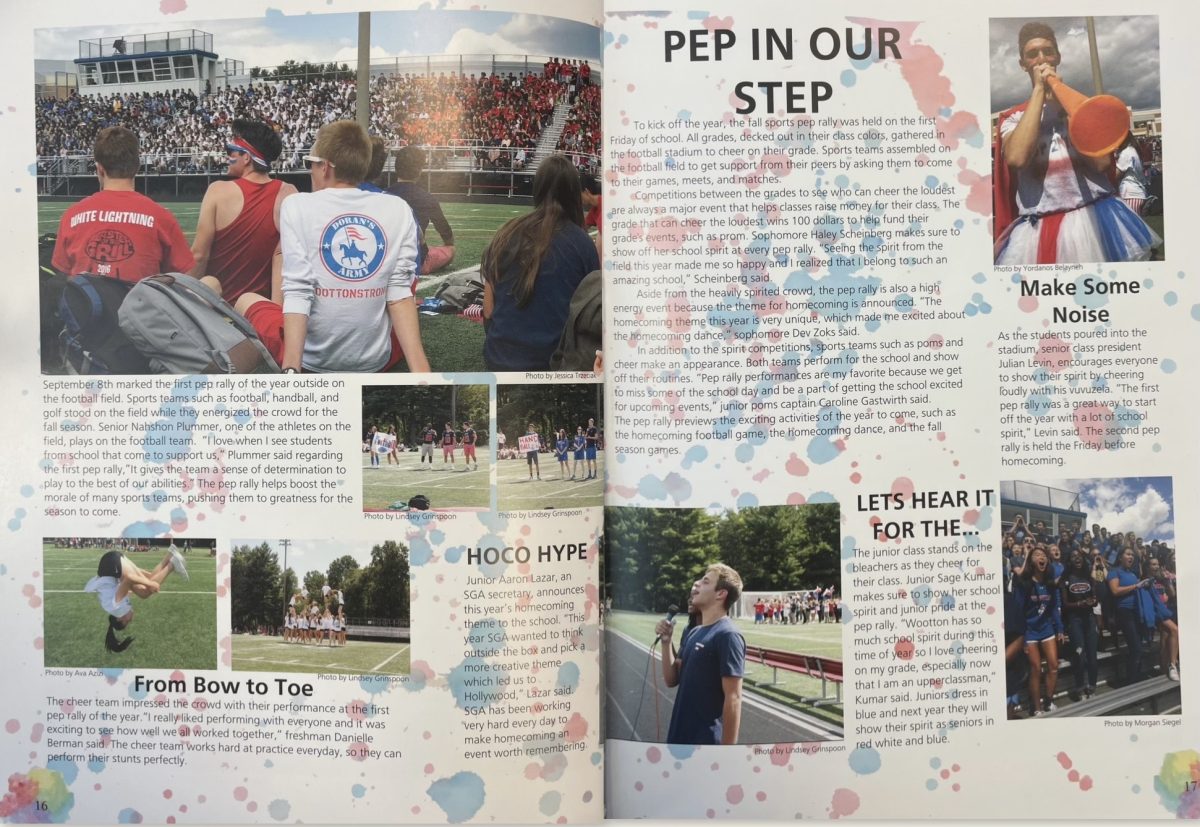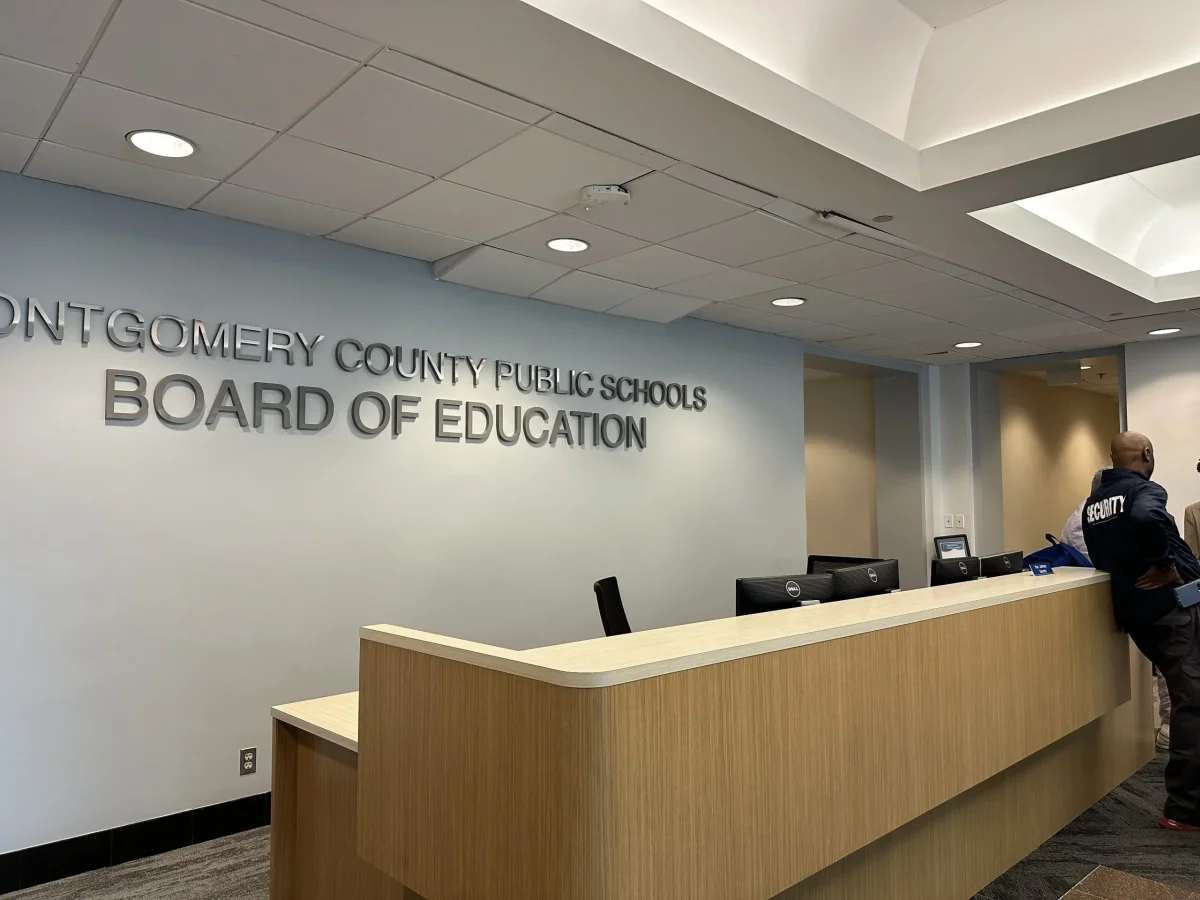Imagine this: you’ve been accepted into your dream college. You’ve visited the college, and you love the campus, the atmosphere and even the mascot. You’ve moved in and you’re on your way to your first class.
This is the start of your college career and the day you’ve dreamed about since you got that acceptance letter in the mail. Unfortunately, something is wrong:
You step into the class and realize it’s nothing like you thought it would be. You don’t like the size of the class, you don’t like the way it is taught and the subject matter just seems off.
This hypothetical scenario is the exact reason why I believe sitting in on college classes is a crucial component of the college application process. Sitting in on a college class allows students to get a unique perspective on being a student at the school and provides a variety of other benefits.
Listening in on a college class can allow you to get a sense of the size of the classes at the college you want to go to. You are able to test whether or not you believe that you will be able to learn well in that environment and if you like a larger or smaller lecture setting.
Another great part of sitting in on a college class is that you are able to get a feel for the homework and workload that the students enrolled in the class have. During a class, the professor may talk about upcoming assignments and projects, which allow you to get a good grasp on what the overall workload might be.
Before and after the class you might be able to talk to students enrolled and ask them questions about the class and the college itself. College students are happy to talk to people interested in their school and their classes.
College students are typically open and are willing to share their perspectives. They might tell you what they don’t like about the class or the school as well.
Getting a different perspective (especially from a non-biased source) is helpful to know if you will like a particular school’s learning environment.
Most importantly, sitting in on a college class allows you to get a deeper understanding of, and appreciation for, the academic life at the particular school you’re considering.
It can help you to determine what kind of colleges are the best fit for you and can also therefore help you narrow your school choices among the multitude of options that are available.
Taking time to visit colleges and sit in on classes takes time, planning and money. At the end of the day, however, it is a rewarding experience that can help immensely in the college selection process and ensure a good fit between you and your chosen school.
Jason Silverman
Back Page Editor








